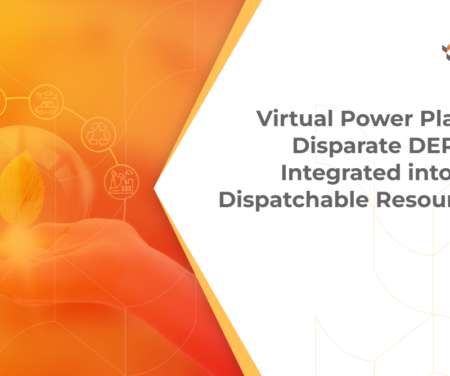Energy-Storage Control Options: Optimizing Batteries for Maximum Value
AutoGrid
AUGUST 6, 2019
Energy-Storage Control Options: Optimizing Batteries for Maximum Value. In this blog, we discuss energy-storage control options to manage battery storage units. Controlling Battery Charging and Discharging. It may do so at a variable-phase angle to inject or absorb reactive power. By Adam Todorski.















Let's personalize your content